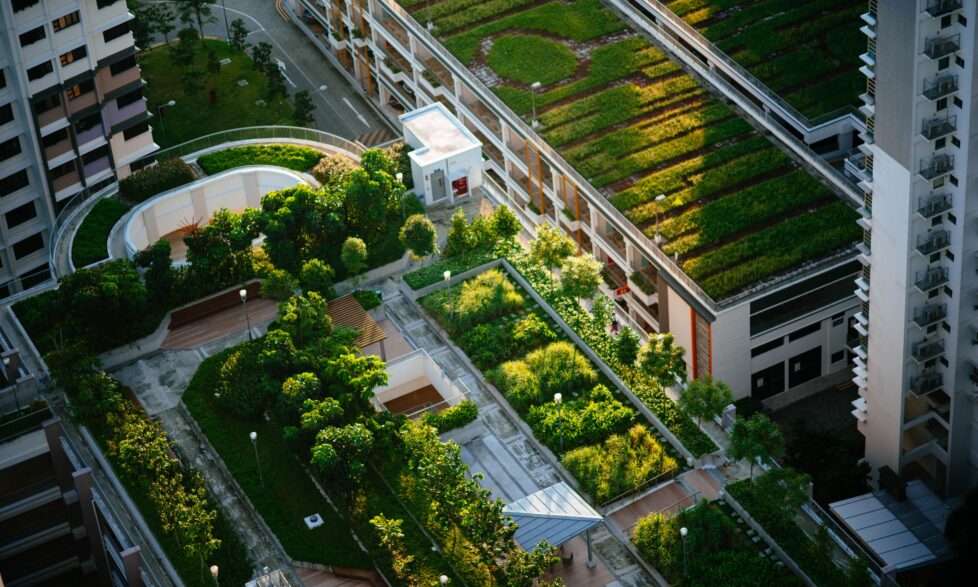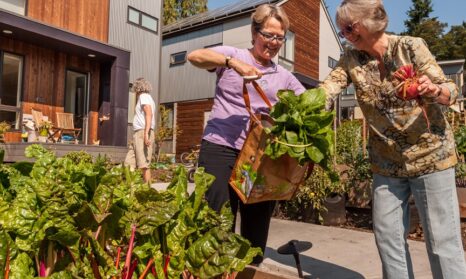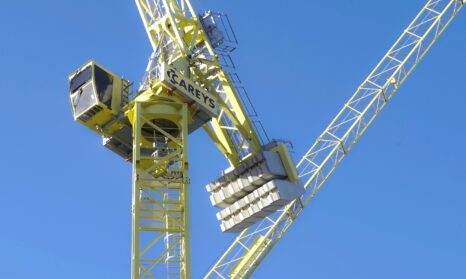After Architects Declare, there is now only one shade of green building
I write this on my way to meet the Certification & Benchmarking group at architects Allies & Morrison. This journey is only relevant due to the nature of the group I am meeting.
For the last 20 years or so, the apparent sustainability of new buildings (on large schemes at least) has been demonstrated through assessment and certification. The BREEAM family and its kind have been useful tools in ensuring project teams pay at least a little attention to the sustainability of their proposals. They were instrumental in bringing everyone up to a minimum standard in the early days of our understanding of what sustainable design might constitute. They started the conversation about what sustainability might mean in the context of the built environment.
But things have moved on, in all senses. The need is now more pressing. The IPCC believe we have only 12 years to keep global warming to a maximum of 1.5C, beyond which the risks of drought, floods, extreme heat and poverty will be significantly worsened for hundreds of millions of people.
Further, this need is now being recognised not only by scientists, but by millions of ordinary people, and they are demanding action. I speak not just of the recent Extinction Rebellion activity, but also the reaction to David Attenborough’s ‘Our Planet’ documentary, the most watched programme on Netflix in April 2019. Plastic, food-waste and global warming are now being discussed everywhere from boardwalks to boardrooms, from conferences to canteens.
From now on, your development is either sustainable, or it is not. It either maximises its contribution to the fight against climate change and nature loss, or it doesn’t. It fully supports people to lead wholly sustainable lifestyles, or it’s part of the problem.
Even the construction industry has begun to stir. A group of 17 Stirling Prize winners have formed the group ‘Architects Declare’ calling for a shift in behaviour and collective action within the sector, to confront the climate and biodiversity emergencies. The members have pledged to design buildings, cities and infrastructure that have a more positive impact on the environment.
This backdrop provides the opportunity to revisit and recharacterize what constitutes sustainable building. We need to move past reliance solely on compliance and certification because there is zero space for grey anymore. From now on, your development is either sustainable, or it is not. It either maximises its contribution to the fight against climate change and nature loss, or it doesn’t. It fully supports people to lead wholly sustainable lifestyles, or it’s part of the problem.
And to achieve this new, higher expectation that must be adopted, we must look at every scheme on its own merits to understand the challenges and opportunities it is faced with. There is no blanket solution found within an Excellent or Gold rating. At the least, every project must achieve net-zero carbon emissions across its lifecycle, now helpfully defined by the UKGBC’s Net-Zero Carbon Task Force (of which I was proud to be part).
We must also understand what motivates the people who will be living, working and visiting the buildings we build, and how they can be helped to address their own ecological impacts. It is no longer solely about design – as a sector we must look at how our buildings will be used, how we can provide and manage the environment and facilities to enable a move towards lower-impact, resource-efficient ways of living.
Although useful as a vehicle to promote better standards, I hope in the future there will be no need for Certification & Benchmarking groups, no need for assessment tools at all in fact. Instead, there will be a renewed commitment in place to building sustainably throughout the sector. A full, unquestionable pledge to tackling the causes of these global crises by those responsible for designing, building and managing the places we live and work.
The architects have declared a state of emergency. Now the whole industry must follow suit.
Learn more about our approach to creating sustainable homes and communities. We have also set up Bioregional Homes to build our own affordable, zero-carbon developments.







